Tiny Satellites That Make Great Contributions to The World
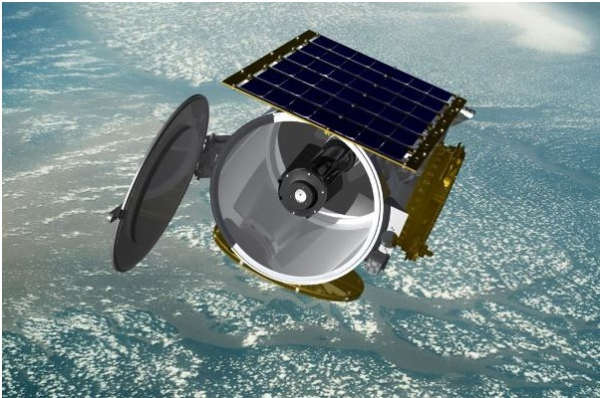 说到宇宙飞行器,大家的脑海中大概都会浮现出各种庞然大物一般的火箭、卫星、探测器等等。但其实我们的地球周围有许许多多的小卫星,他们以较低的成本和小体量的身材在高空中200英里的上方为我们在全球范围内传输GPS信号。尽管小卫星的体积小,但是这些小型航天器却对空间科学做出了巨大贡献,越来越多的国家和机构也在自己的空间计划中推出了这种小微型卫星,其中包括匈牙利、罗马尼亚、波兰、哥伦比亚等国。这些小型卫星可以克服宇宙辐射、真空、高速、大温差等恶劣环境,完满执行人类所要求的任务。
说到宇宙飞行器,大家的脑海中大概都会浮现出各种庞然大物一般的火箭、卫星、探测器等等。但其实我们的地球周围有许许多多的小卫星,他们以较低的成本和小体量的身材在高空中200英里的上方为我们在全球范围内传输GPS信号。尽管小卫星的体积小,但是这些小型航天器却对空间科学做出了巨大贡献,越来越多的国家和机构也在自己的空间计划中推出了这种小微型卫星,其中包括匈牙利、罗马尼亚、波兰、哥伦比亚等国。这些小型卫星可以克服宇宙辐射、真空、高速、大温差等恶劣环境,完满执行人类所要求的任务。
目前,纳米卫星吸引了众多科学家的目光。改进的纳米卫星为空间探索做出了巨大贡献,它们常用于宇宙射线、地球气候以及行星探测等领域。它们也可以成为许多其他昂贵的空间任务的探路者。
随着科技的不断发展进步,以及宇宙知识的丰富,小型卫星在未来一定会有更广泛的用武之地。
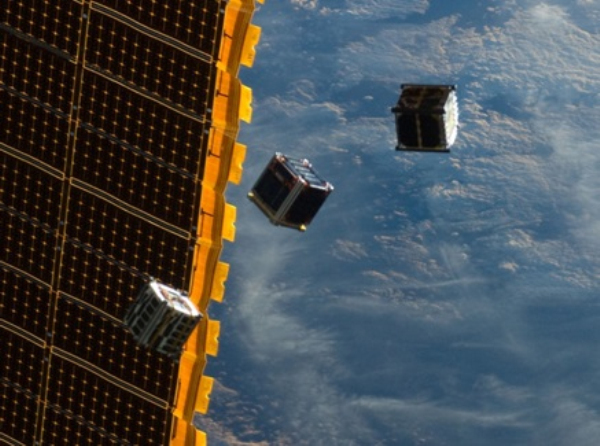 Tiny satellites (also called SmallSats) are circling our planet at the distance of about 200 miles, collecting various data about the universe and planet Earth. Their accompanying smaller cost and small stature sets them apart from the larger, commercial satellites that transmit GPS signals and phone calls all around the globe. Collecting data with traditional, burly platforms would be significantly more expensive. The affordable price enables us to launch a large number of tiny satellites into outer space.
Tiny satellites (also called SmallSats) are circling our planet at the distance of about 200 miles, collecting various data about the universe and planet Earth. Their accompanying smaller cost and small stature sets them apart from the larger, commercial satellites that transmit GPS signals and phone calls all around the globe. Collecting data with traditional, burly platforms would be significantly more expensive. The affordable price enables us to launch a large number of tiny satellites into outer space.
Despite being small in size - some are smaller than a shoebox - these small spacecrafts make great contributions to space science since they provide us with simultaneous measurements of constellations several times per day from various viewing locations. Tiny satellites range from the size of a golf ball to the size of big kitchen refrigerators. Nanosatellites are the smallest SmallSats and these are as big as a loaf of bread on an average and weigh between one and ten kilograms.
CubeSats
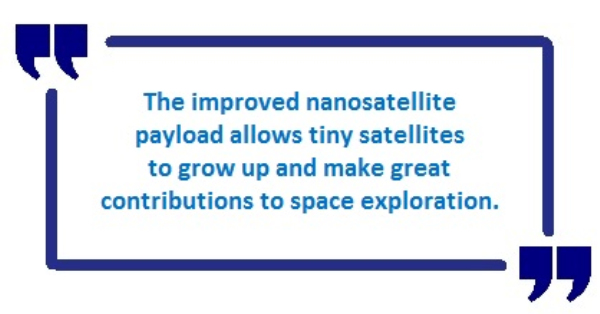 A standard for nanosatellites has been established by California Polytechnic and Stanford universities in 1999. They've invented the so-called CubeSats with a modular system which includes nominal units - 1U cubes of 1kg weight and measuring 10x10x10 centimeters. CubeSats is compatible with trading off-the-shelf components, which makes it accessible to a lot of organizations and people (especially universities, colleges and students) for exploration of space.
A standard for nanosatellites has been established by California Polytechnic and Stanford universities in 1999. They've invented the so-called CubeSats with a modular system which includes nominal units - 1U cubes of 1kg weight and measuring 10x10x10 centimeters. CubeSats is compatible with trading off-the-shelf components, which makes it accessible to a lot of organizations and people (especially universities, colleges and students) for exploration of space.
Increased access has also allowed numerous countries worldwide, including Hungary, Romania, Poland, Colombia, Pakistan and Estonia to launch CubeSats satellites in pioneer space research programs. These miniaturized satellites have been designed as educational tools that are capable of flying and performing various operations in the tough outer space environment which involves cosmic radiation, vacuum conditions, atomic oxygen, high speed, broad temperature swings and so on. Since then about 500 CubeSats have been launched in space. While this has made a great contribution to space exploration, it has also raised concerns on the other hand related to the increased amount of space junk. But as the possible contributions of these nanosatellites grow and their capabilities increase, they have deserved their place in the universe.
Science Applications
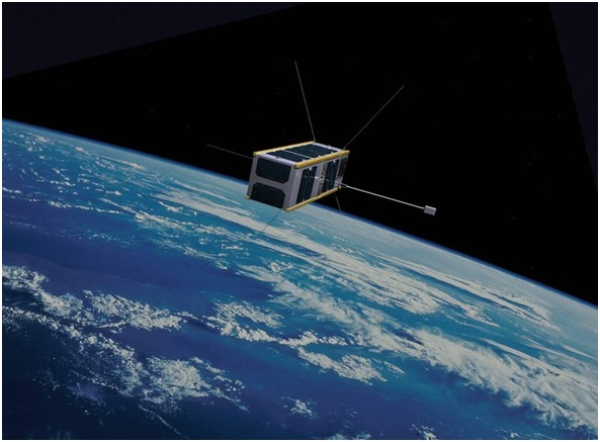 When talking about tiny spacecraft, we must differentiate between the satellites themselves and their payload, which usually includes scientific instruments, cameras and a variety of active components. As spacecraft technology ameliorates, the small satellites become more and more able to support a diverse range of scientific instruments and additional equipment.
When talking about tiny spacecraft, we must differentiate between the satellites themselves and their payload, which usually includes scientific instruments, cameras and a variety of active components. As spacecraft technology ameliorates, the small satellites become more and more able to support a diverse range of scientific instruments and additional equipment.
The improved nanosatellite payload allows tiny satellites to grow up and make great contributions to space exploration. This revolution has been around for years. Many foundations, private companies and governmental organizations are investing in the development of CubeSat satellites and their payloads alike. Thus, tiny satellites have a lot of science applications referring to cosmic rays, the climate on planet Earth, as well as various planetary explorations. Cube Sats can also serve as space pathfinders for more expensive and expansive satellite missions.
HARP - Imaging Polarimeter Satellite
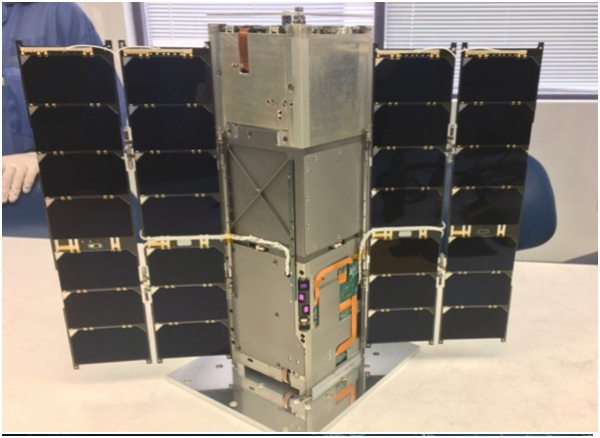
One of the best known tiny satellites nowadays is HARP (Hyper Angular Rainbow Polarimeter) - the first U.S. snap-shot imaging polarimeter. This tiny spacecraft is specially intended to observe how aerosols interact with clouds, i.e. it is meant to observe the interaction between small particles in Earth's atmosphere (like sea salt, dust, pollution, pollen, etc.) and ice particles as well as water droplets that make up clouds. This interdependence between aerosols and clouds implies the modifying type and amount of tiny particles in Earth's atmosphere via air pollution, affecting the size, type, and lifespan of clouds. Besides, it also has a great impact on the creation of precipitation. These processes affect the climate, energy balance and global water cycle on our planet.
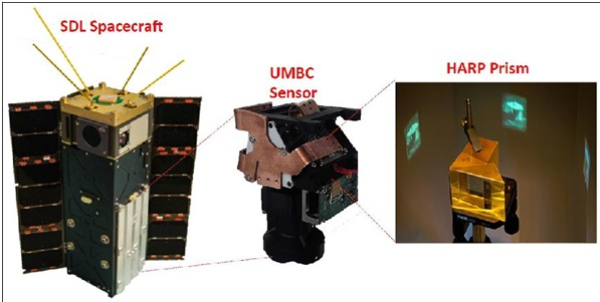
During the interaction between sunlight, cloud droplets and aerosol particles in the atmosphere, the sun's rays scatter in different directions. HARP will aim to measure that scatter from space, letting scientists make an accurate inference about the size of droplets and amount of aerosols, as well as compare polluted to clean clouds.
HARP is going to ride on another CubeSat satellite for Earth observation without using off-the-shelf consumer parts for payloads. Instead, its instrument is optimized with different custom-fabricated and custom-designed parts capable of performing the finest multi-spectral, multi-angle polarization measurements. HARP is meant to become a completely autonomous spacecraft for data-collecting missions in space.
Despite its small size, the tiny HARP instrument will cover the entire globe and collect large amounts of data on a daily basis. Its launching is scheduled for June this year. HARP is just one of the several on-going space programs. We may expect to see more faster-to-deploy pathfinder satellites in the near future that will be used in big, complex missions. They will be utilized for exploration of ice clouds, Earth's microwave emission, radiative cycles as well as other engineering and scientific challenges.
--- END ---